Stockpile Garden transforms a working construction site on the Thames Estuary into a testing ground for brownfield biodiversity improvement methods. This book is part of a mini-series documenting the various aspects of Stockpile Garden, intended to be read alongside one another. Book 003 explores subterranean material narratives, using erosion processes to construct a moveable banquet table that will host events in and around Stockpile Garden.
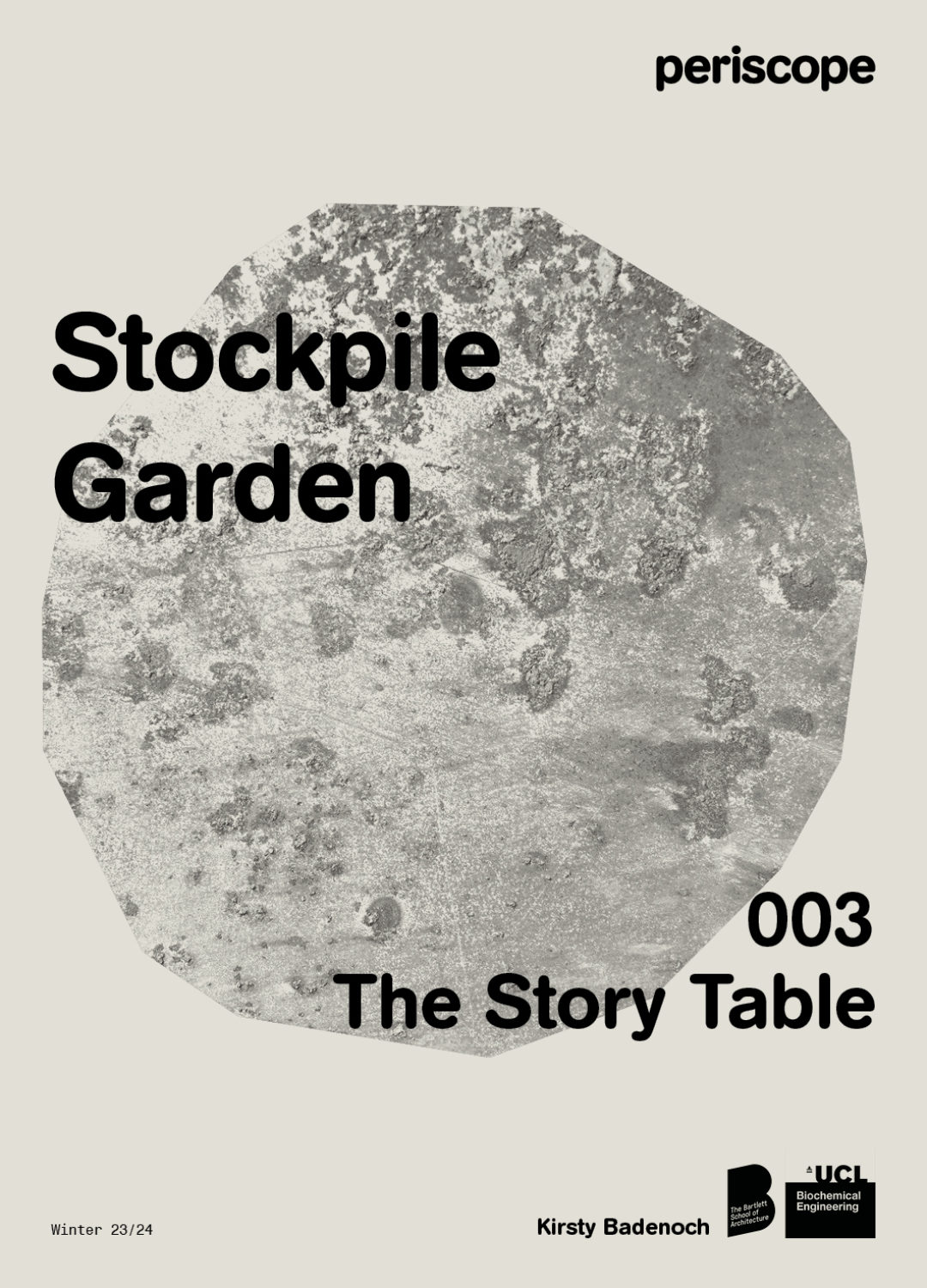
Stockpile Garden Book 003
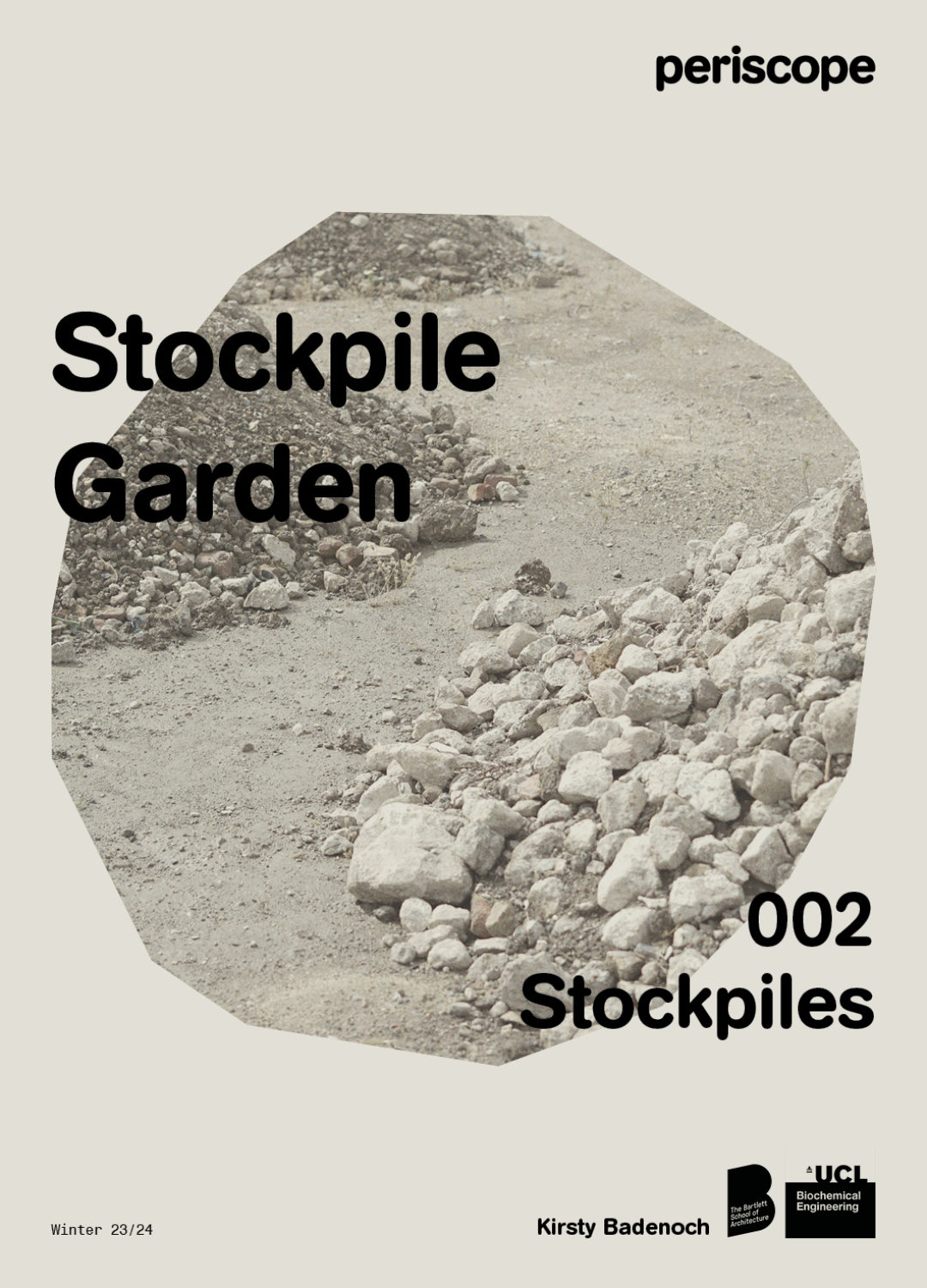
Stockpile Garden Book 002
Stockpile Garden transforms a working construction site on the Thames Estuary into a testing ground for brownfield biodiversity improvement methods. This book is part of a mini-series documenting the various aspects of Stockpile Garden, intended to be read alongside one another. Book 002 tells the story of the stockpiles, and…
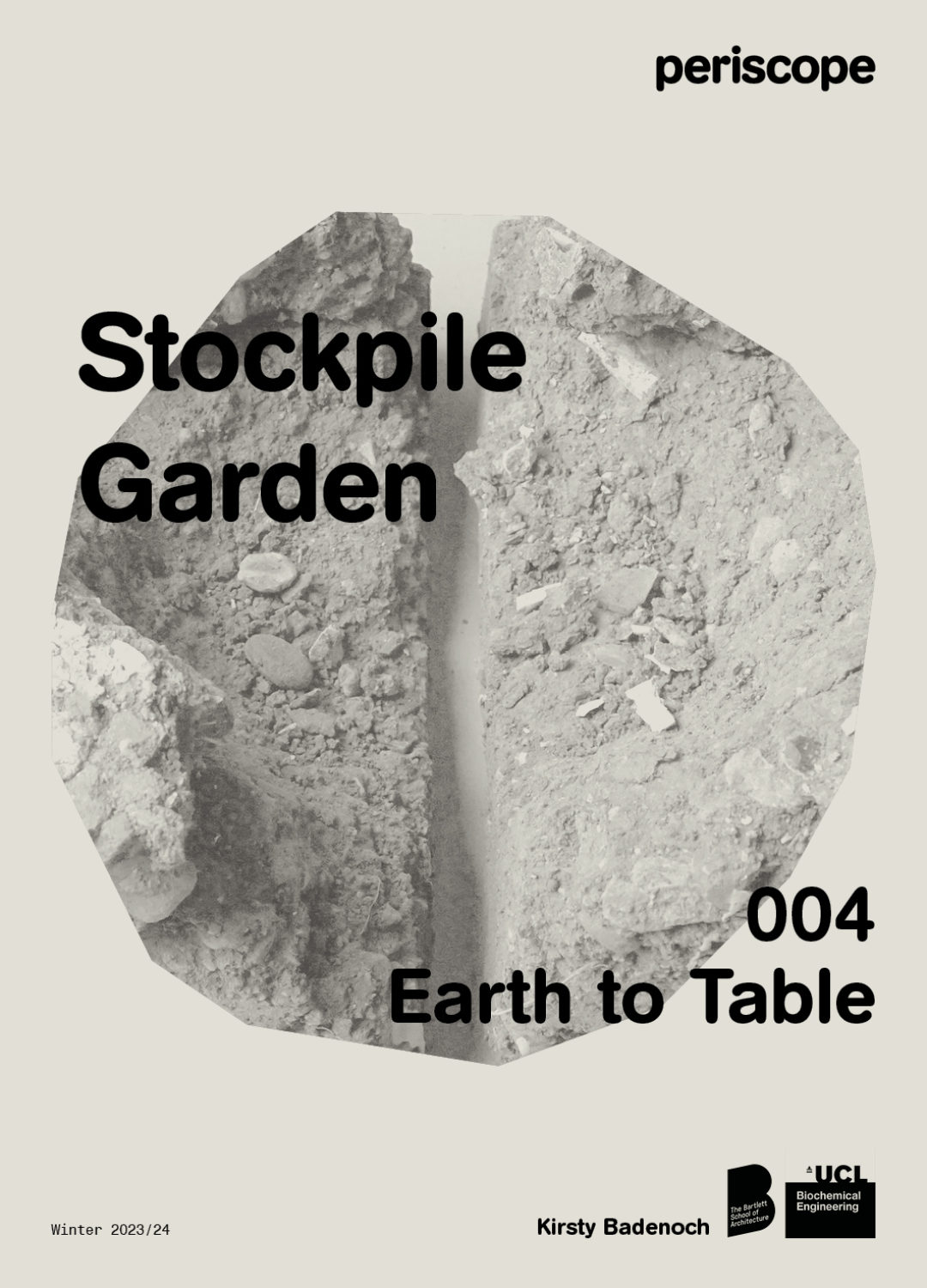
Stockpile Garden Book 004
Stockpile Garden transforms a working construction site on the Thames Estuary into a testing ground for brownfield biodiversity improvement methods. This book is part of a mini-series documenting the various aspects of Stockpile Garden, intended to be read alongside one another. Book 004 looks to apply and extend the clay…

Earth Works Volume 01: Reclamation
In the construction industry, materials are treated as commodities rather than processes. Material migration and transformation are overlooked in preference to a transactional buy/sell approach. Earth Works embarks on a humble yet fundamental journey of material as process - as excavation, reclamation, re-insertion and degradation; considering all the by-products along…
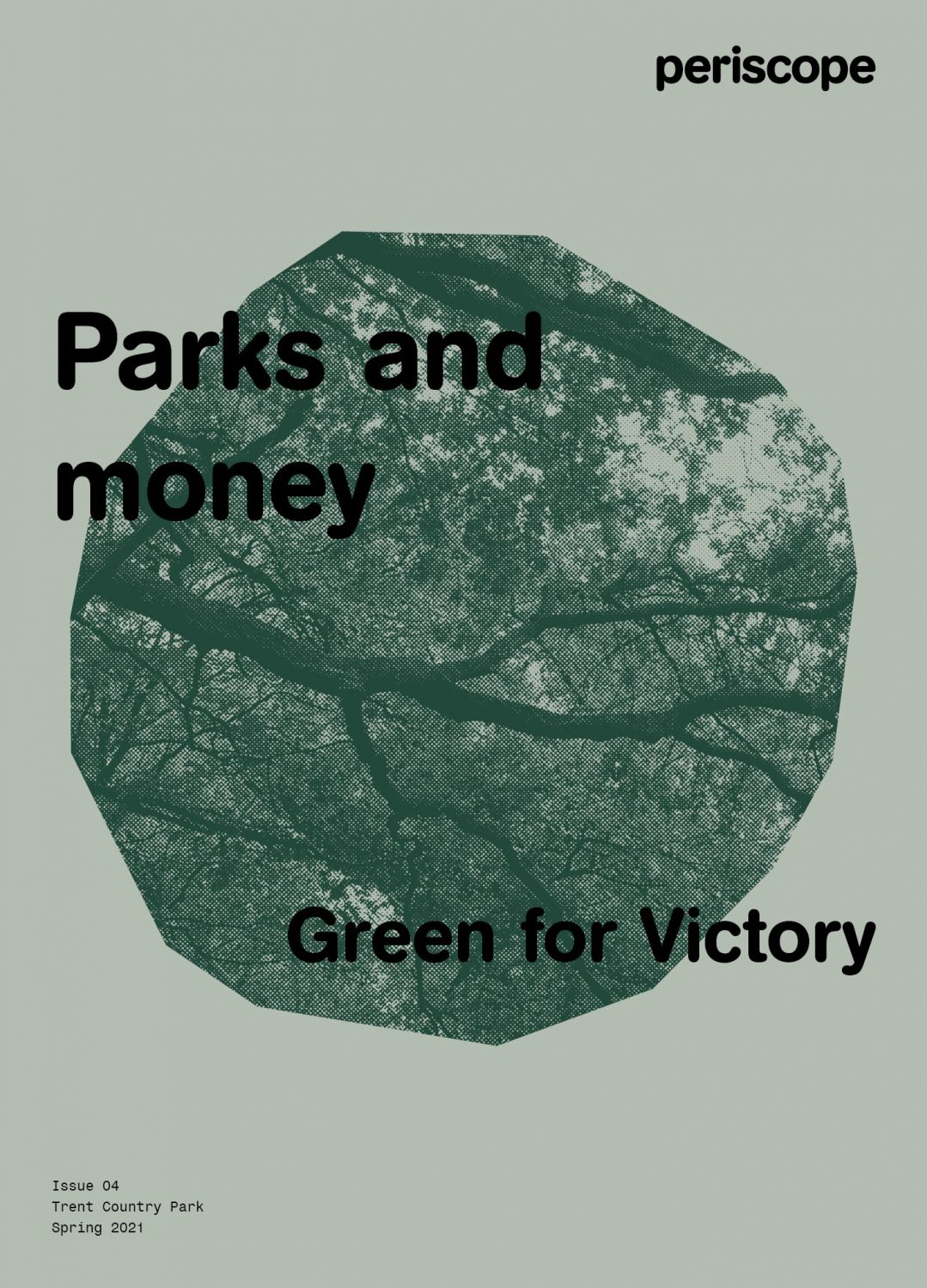
Green for Victory: Parks and money
London’s parks may be free to visit, but they come at high cost. With 92% of park managers having had their budgets cut over the last six years, local councils’ abilities to finance their parks is increasingly stretched beyond their limits. Yet, for every £1 spent on the upkeep of…
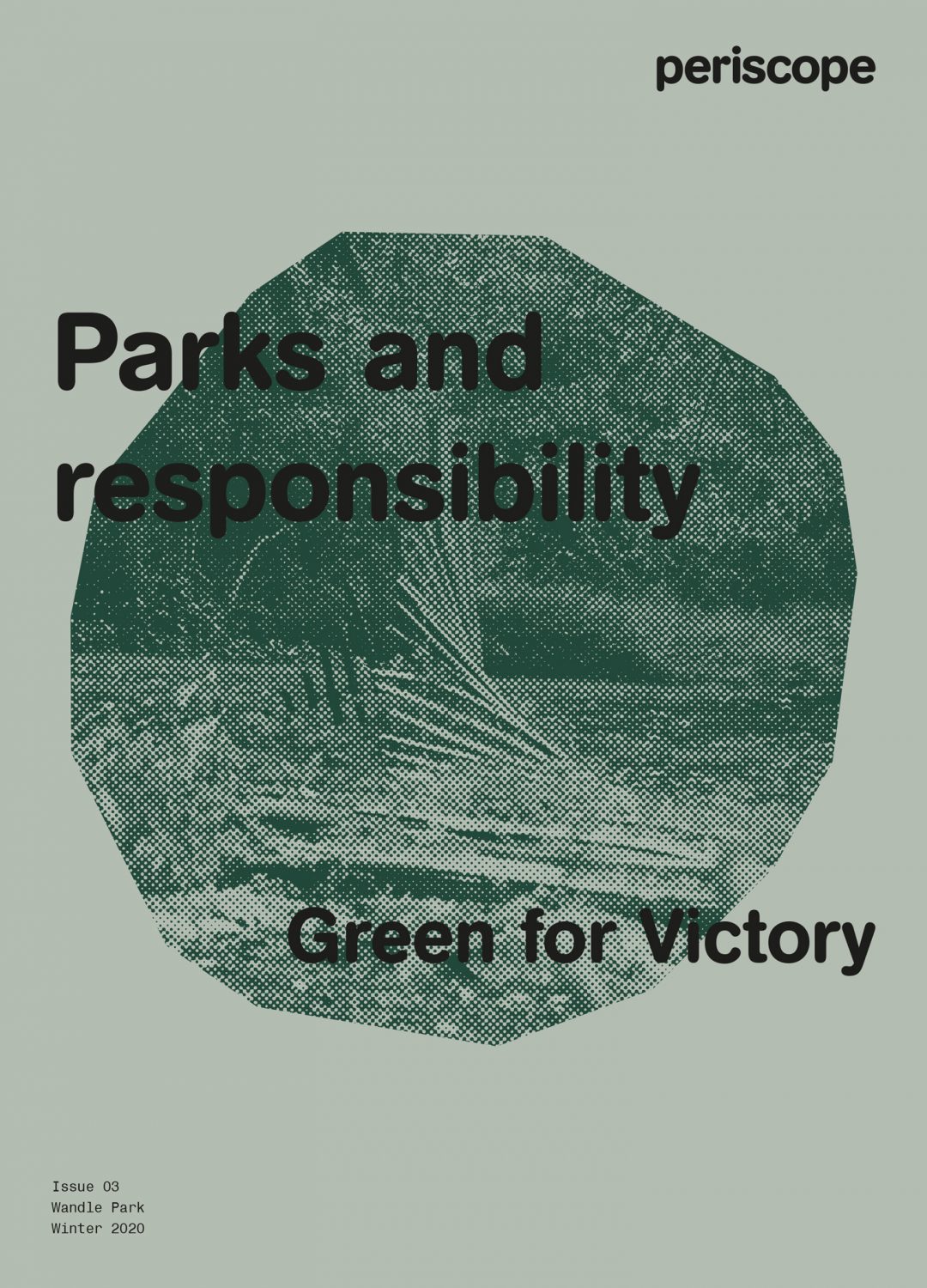
Green for Victory: Parks and responsibility
Of the 3000 parks in London, the majority are owned by local authorities. Due to decades of budget cuts, it is becoming increasingly common for councils to transfer these over to local community groups. Freed from quarterly spend reporting and top-down management chains, the benefits of community management mean that…

Green for Victory: Parks and open doors
A quick glance at the green map of our capital reveals that most of its parks and gardens are clustered in distinct areas, leaving great gaps in the urban forest and entire neighbourhoods devoid of green. Unfortunately, this more often than not correlates with wealth and ethnicity - with less…

Green for Victory: Parks and the wild
With almost 50% green cover and as many trees as people, London is statistically the greenest major city in the world. Yet Londoners desperately lack access to nature, and we find ourselves in a mounting green space crisis. Green for Victory explores the discrepancy between the stats and the stories.…